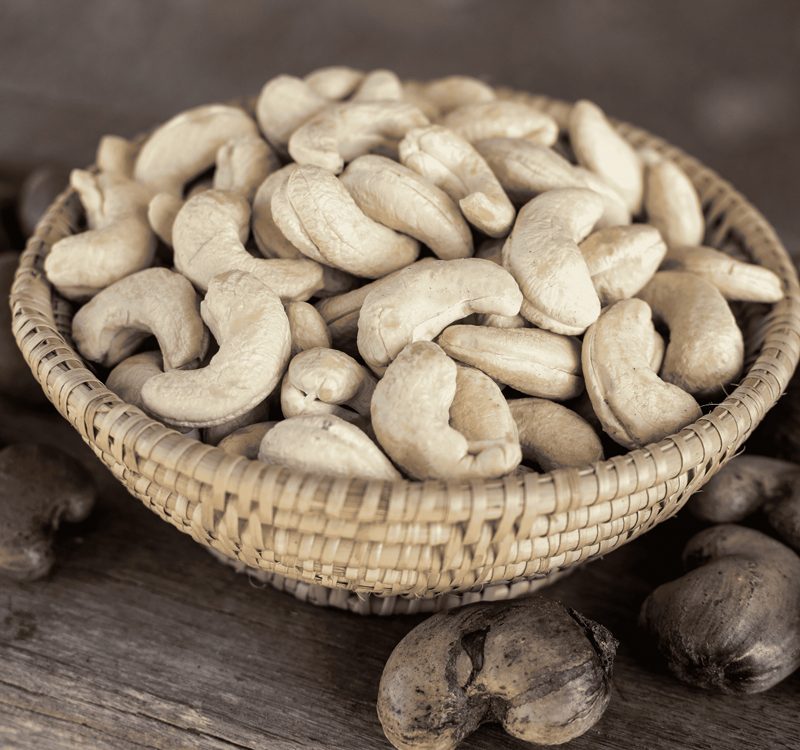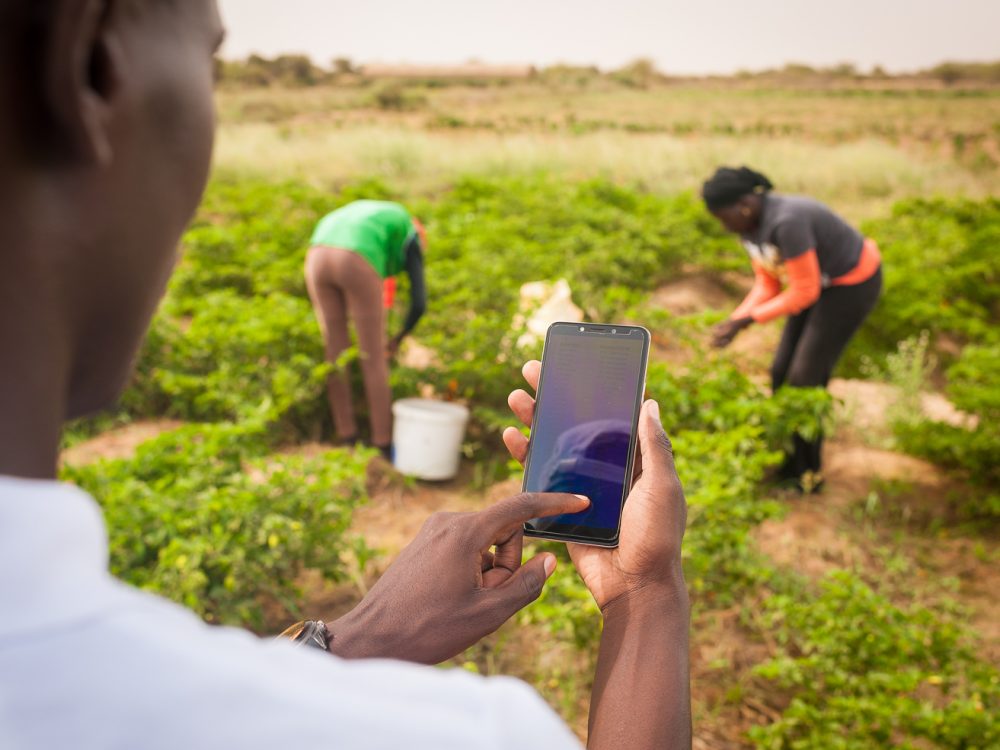Data Doesn’t Grow on Trees
This blog was originally published on InterAction’s website as part of the Initiative for Open Ag Funding.
The planning and design of any development project is an extensive, intricate, and often laborious process. Thus, it’s no surprise that development partners desire the best available information when it comes to deciding how to allocate funds. Development Gateway had the opportunity to speak with a number of development partners working in the agriculture sector to better understand what they define as “critical” information in helping to inform programmatic decisions. We discovered that methods for tracking down high-quality data haven’t kept up with the various tools that can provide it. Many continue to rely on “who knows who” and reaching out to other organizations one-by-one to learn about what they are doing in the sector.
This is troublesome for a couple of reasons. First, it’s time consuming and doesn’t guarantee that the provided information is representative. Second, while partners might meet up frequently with others in their same sector or area of influence, they might miss “that one project” that most resembles current plans or priorities. Consequently, opportunities for collaboration and lesson sharing might be missed.
So what would donors consider to be most helpful when seeking information from other organizations?
What Worked? What Didn’t Work?
Unsurprisingly, development partners want to avoid the pitfalls others have fallen into and build on the successes others have seen. For this, practical results and evaluation data need to be available, along with comprehensive implementation descriptions.
Who Could/Should We Work With?
Development partners are interested in knowing what local implementing organizations have experienced in the sector and who others have worked with. They might either partner with the organization or be able to discuss and share good practices about working in the local context.
What’s Already Being Done (And Where)?
As one agriculture manager put it,
“If all the other organizations are working in maize, we might work in soy or another crop to boost nutrition. Or we’ll look to see if we can create a complementary program to what others are doing.”
Development partners want to know what’s already being done, what value chains and crop types other organizations are already working on, and where activities are taking place. They hope to design complementary projects, and avoid duplicative or competing activities.
What Citizen Groups Are Development Partners Working With?
Is another organization working with female head of households? Is someone focusing on youth and children? Smallholder farmers? Whether it’s sharing knowledge on working with a specific group of people, or realizing that a crucial group has been left out, it’s important to know what citizen groups other initiatives are already focusing on and working with.
Who’s Putting Their Money Where Their Mouth Is?
Funding trends and the distribution of investments are essential considerations, especially since budgets are often tight and cash crops – as much as we’d like them to – don’t actually grow money. Development partners want to know how much is coming into the sector already and who the biggest givers are, thus aiding in the formation of their priorities and informing them as to what types of interventions would be the most likely to receive long term funding.
So, How Do We Get That Data?
The good news is that there are already initiatives in place, like the International Aid Transparency Initiative (IATI), for tracking down and sharing this type of information – with the current exclusion of highly agriculture-specific information such as crop types and value chains.
As part of this initiative we’ll be looking into how to make these sources of data even more relevant, available and accessible to agriculture practitioners
Image credit: Mohammed Haque
Share This Post
Related from our library

Introducing The HackCorruption Civic Tech Tools Repository
Introducing the Civic Tech Tools Repository: an open-source hub of digital solutions to fight corruption. Designed for growth through GitHub contributions, it brings together tools, code, and resources across six key areas for HackCorruption teams and beyond.

Building a Sustainable Cashew Sector in West Africa Through Data and Collaboration
Cashew-IN project came to an end in August 2024 after four years of working with government agencies, producers, traders, processors, and development partners in the five implementing countries to co-create an online tool aimed to inform, support, promote, and strengthen Africa’s cashew industry. This blog outlines some of the key project highlights, including some of the challenges we faced, lessons learned, success stories, and identified opportunities for a more competitive cashew sector in West Africa.

Digital Transformation for Public Value: Development Gateway’s Insights from Agriculture & Open Contracting
In today’s fast-evolving world, governments and public organizations are under more pressure than ever before to deliver efficient, transparent services that align with public expectations. In this blog, we delve into the key concepts behind digital transformation and how it can enhance public value by promoting transparency, informing policy, and supporting evidence-based decision-making.